

The class 108 has now been undressed, following its use on the festive Siôn Corn services, and our "cold turkey" working meetings, which traditionally take place between Christmas and New Year, have been and gone so that marks the end of the year for the Railcar Group. All that remains to be done now is for some numbers to be crunched so that we can provide facts and figures about our 2025 achievements - or should that be our achievements during 2025?
A shunt-a-thon that took place at Pentrefelin on 21/12/25 produced various combinations of vehicle from the traditional...
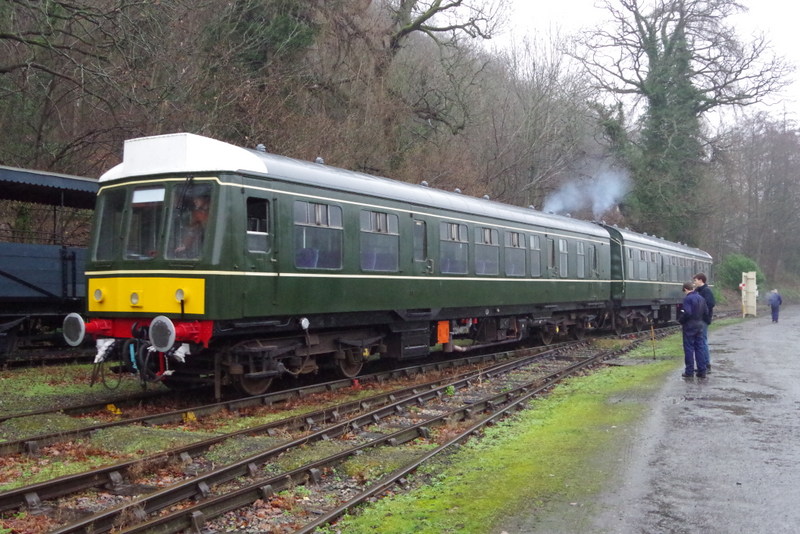
...through the unusual...
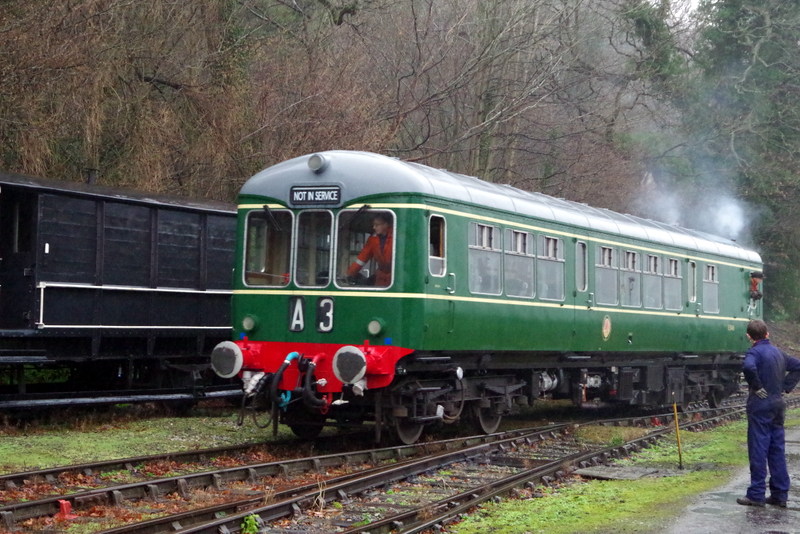
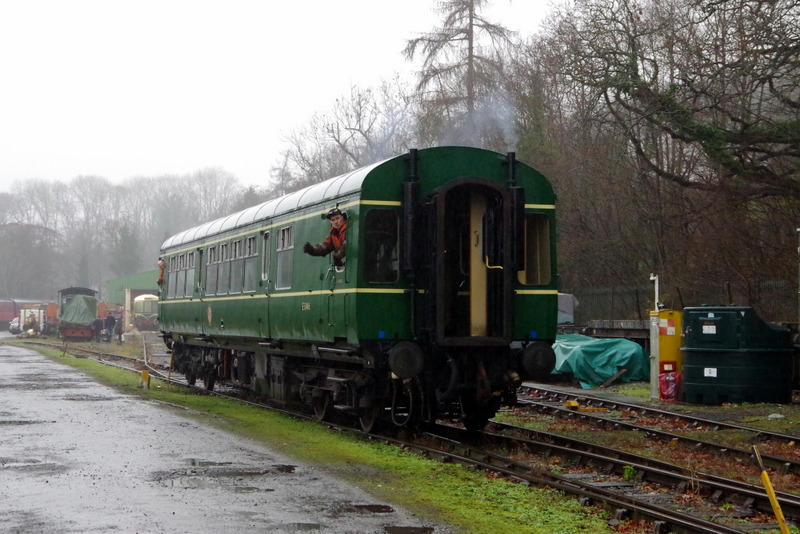
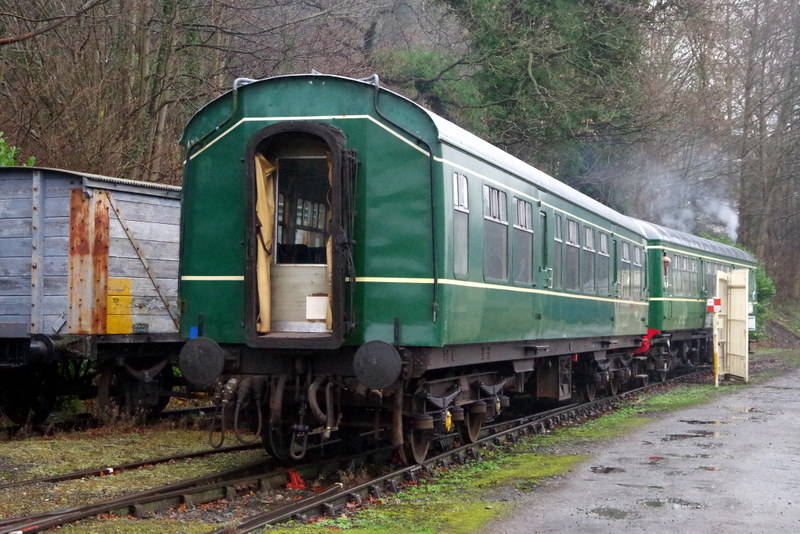
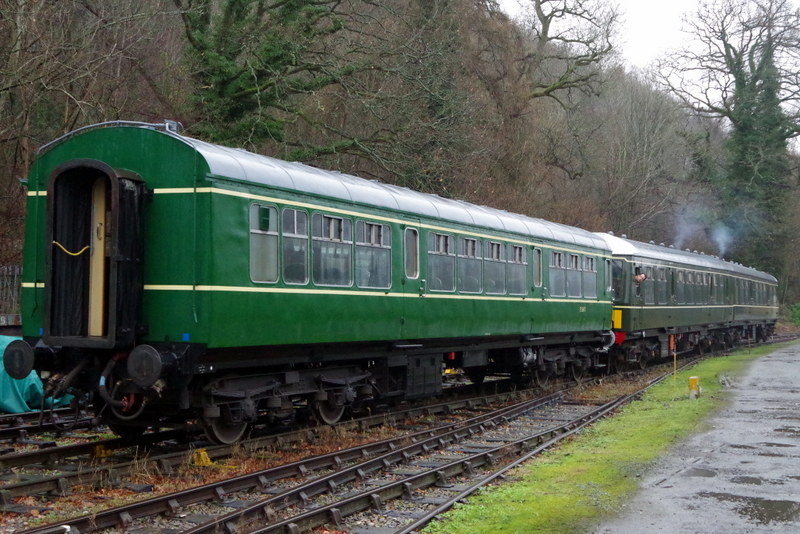
...to the downright bizarre...
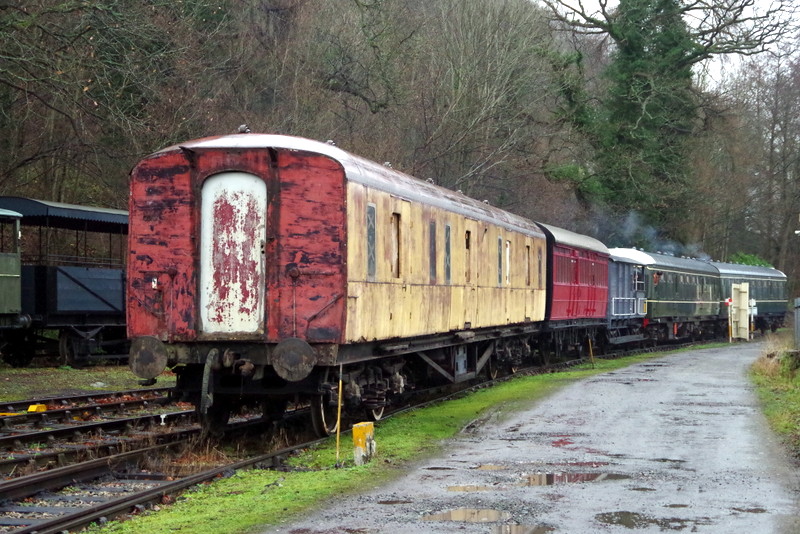
Before anyone asks: No - that wasn't a dress rehearsal for next year's Railcar Gala!!
The object of the exercise was to squeeze the class 109 and the hybrid class 127/108 into the shed together with the class 105 Cravens trailer car to protect them from the worst of the winter weather...
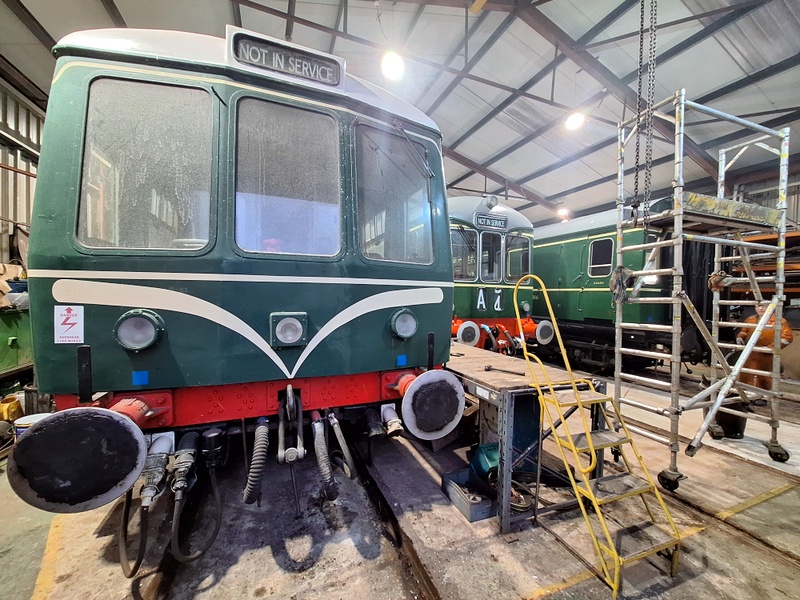
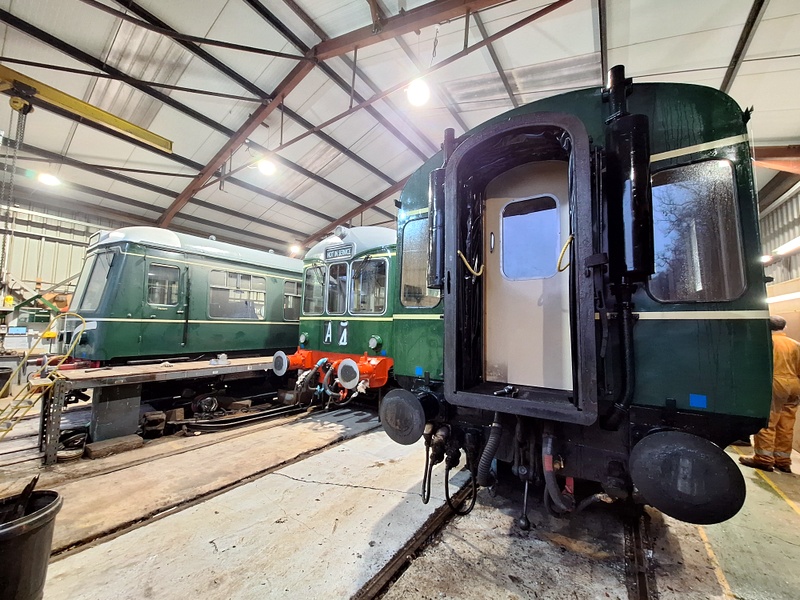
This was the first time that we'd had five vehicles inside the shed - an achievement that was celebrated with a tea/coffee break...
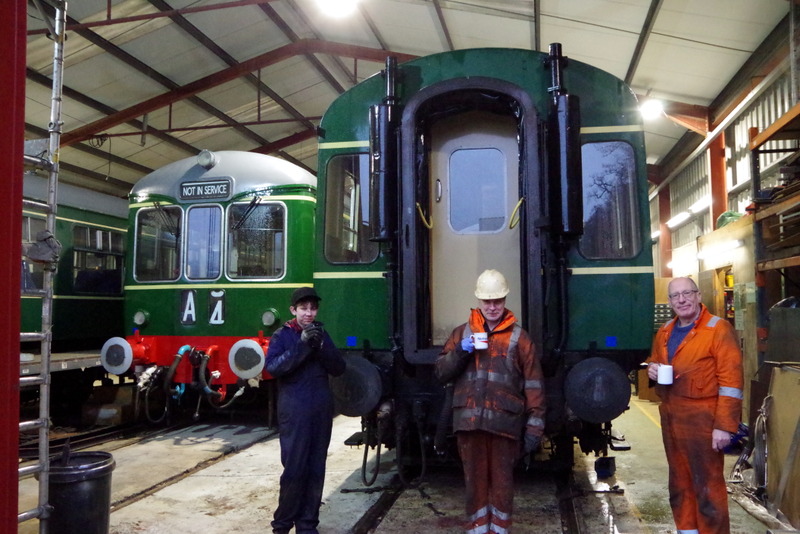
..and, for those who were in the right place at the right time, 'sticky' buns as well...!
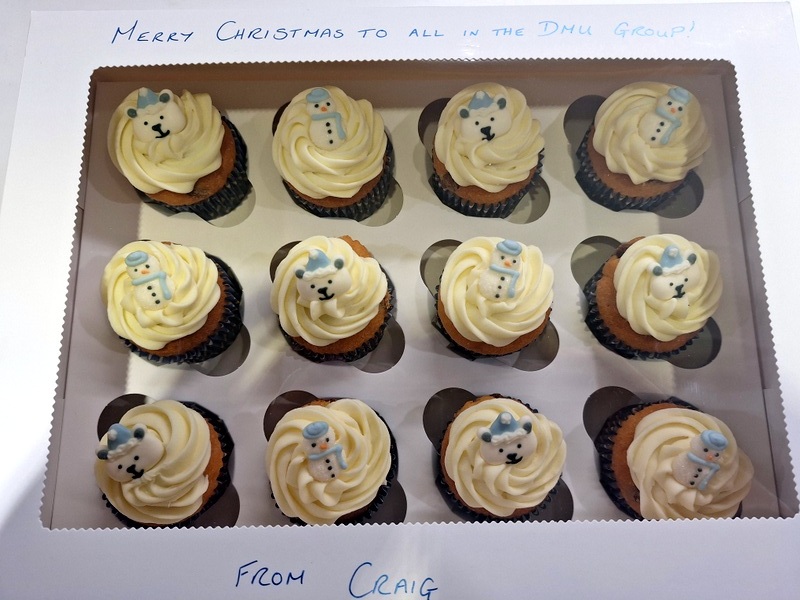
An opportunity to do some trainspotting too with a view of a Santa Special train passing Pentrefelin top-and-tailed by Class 26 no. 5310 and Pannier Tank no. 7754...

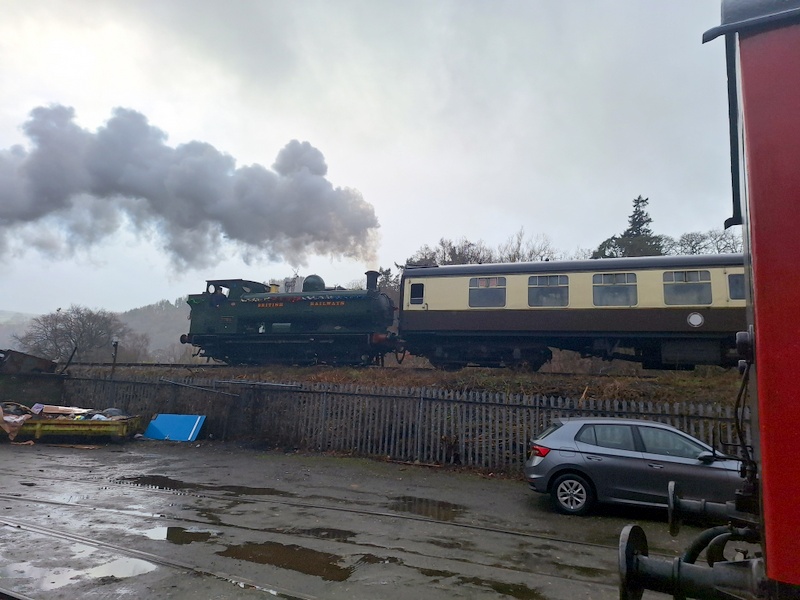
The 'Unit-specific work' section below gives a flavour of the work that has been carried out on our railcars.

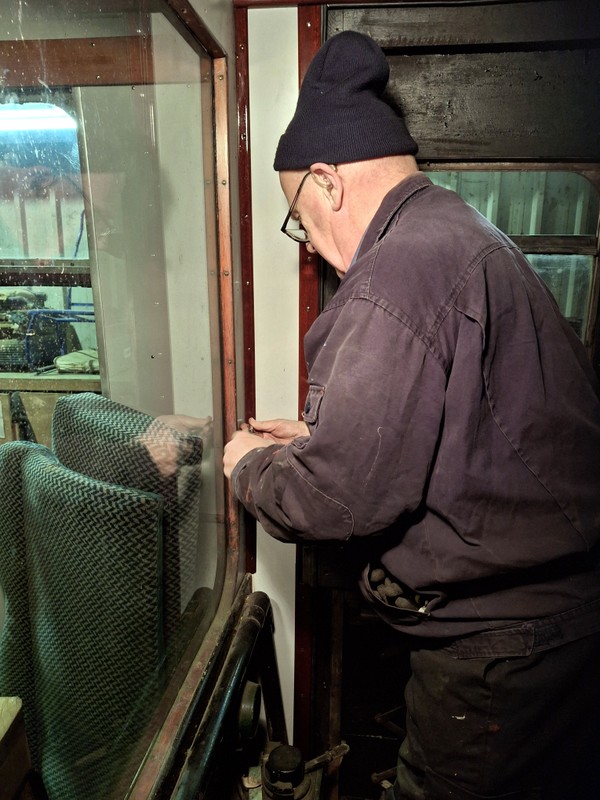
The above picture shows the finishing touches being given to the beading at the side of the driver's door.
Elsewhere, a bit more work was carried out in the toilet cubicle. It involved taking down the flat timber to which the ceiling fastens, so that one of the new cross bearers could be fitted, and then fastening it back up again to hold the new timber in place.
Having fulfilled its Siôn Corn duties, the class 108 had its decorations taken down - something that was considerably easier and quicker than putting them up!
The following pictures show some replacement step boards for the unit that were constructed and painted by one of our volunteers as a homework project...

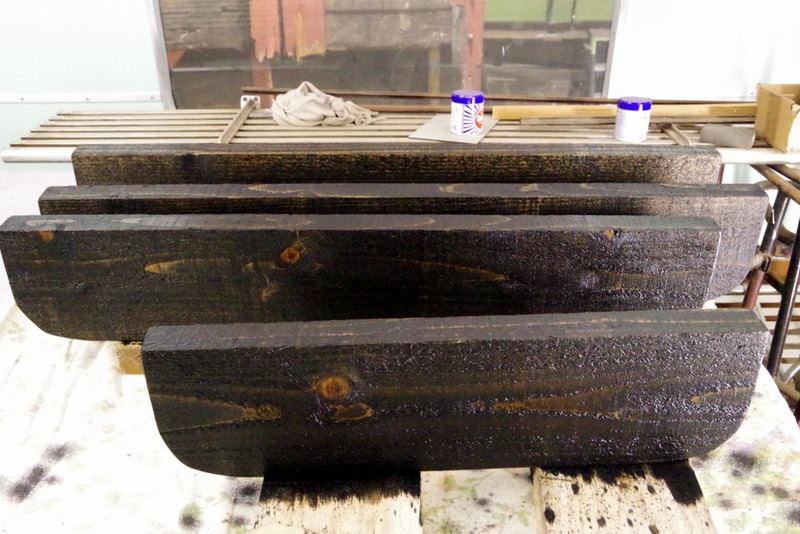
Wickham Class 109 50416/56171
Work on the Wickham has included the continuation of improvements to its braking system. That has now reached bogie no. 2 on 50416 which is the 4/4th bogie to be given the treatment. With three bogies
already processed, there is a tried-and-tested recipe which includes removing/cleaning/painting all of the components, servicing/testing the brake cylinder, building up the brake block carriers with weld in
order to encourage the blocks to stay in line with the wheels, and finally a case of 'assembly is the reverse of disassembly'. There follows a selection of pictures showing some aspects of that process...
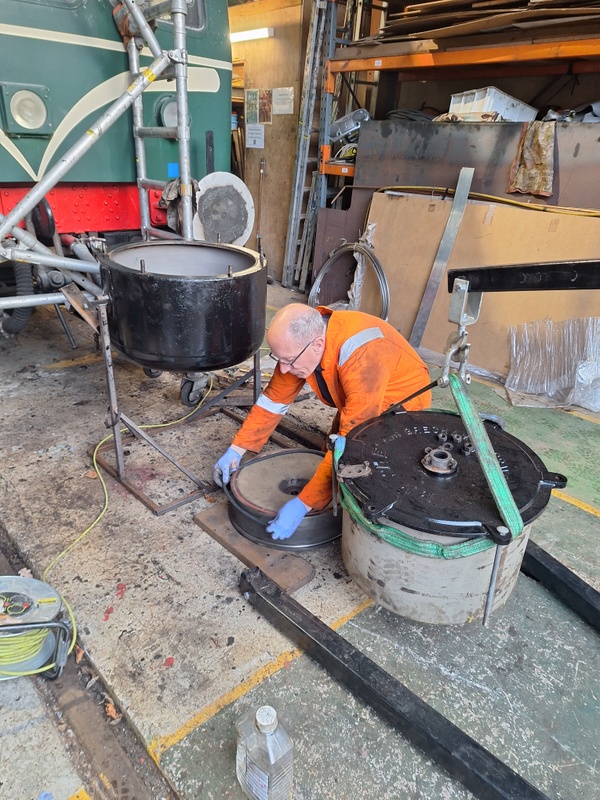
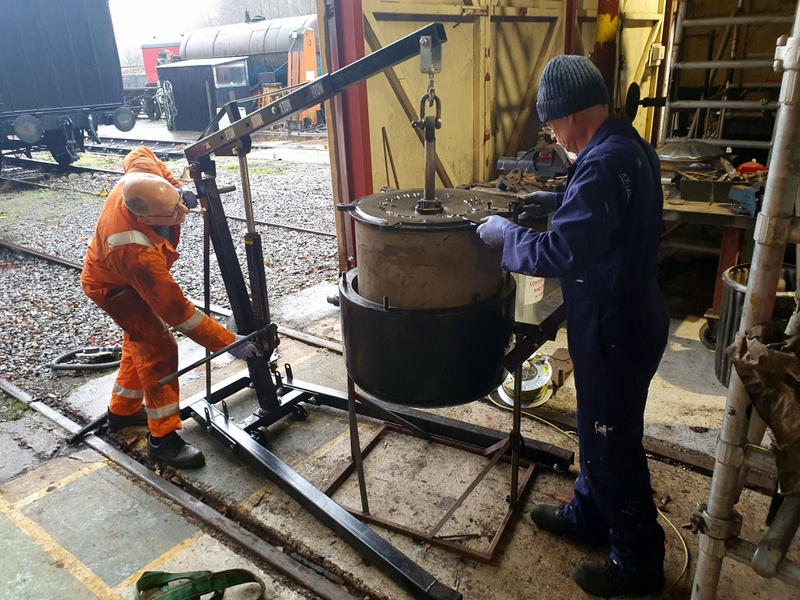

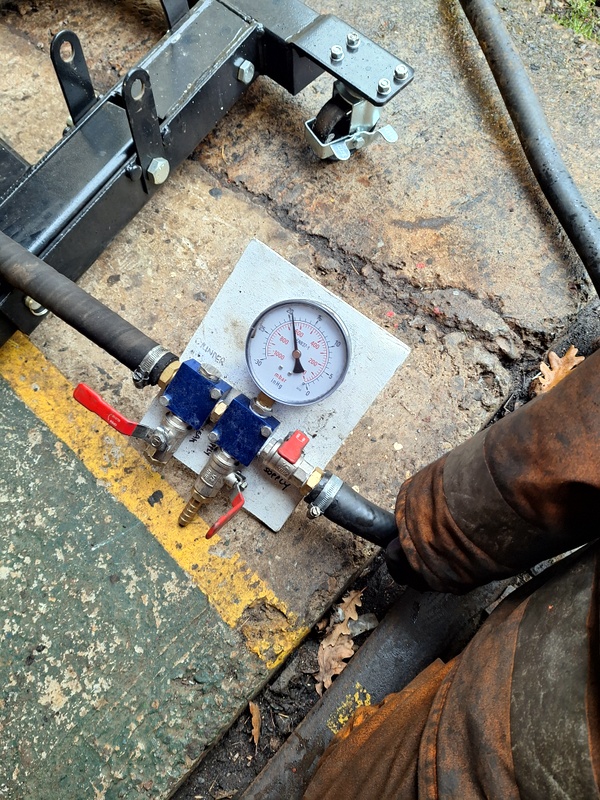

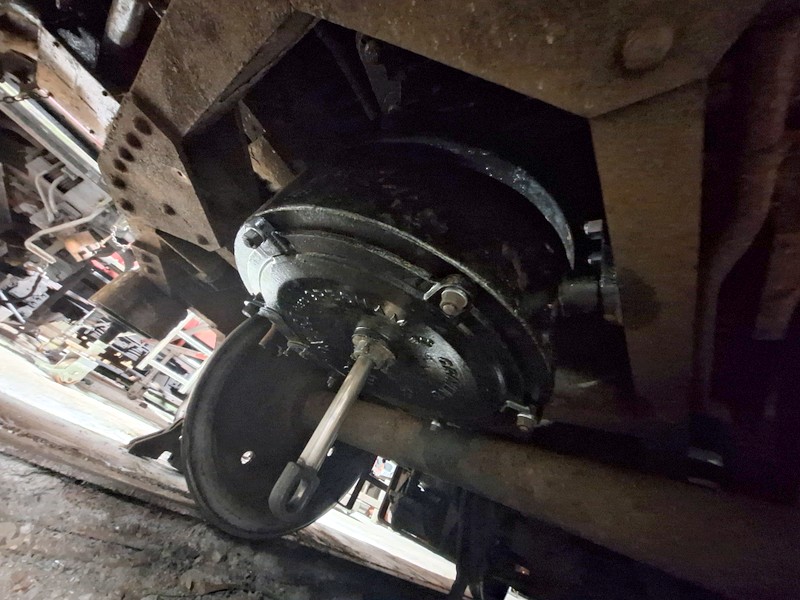
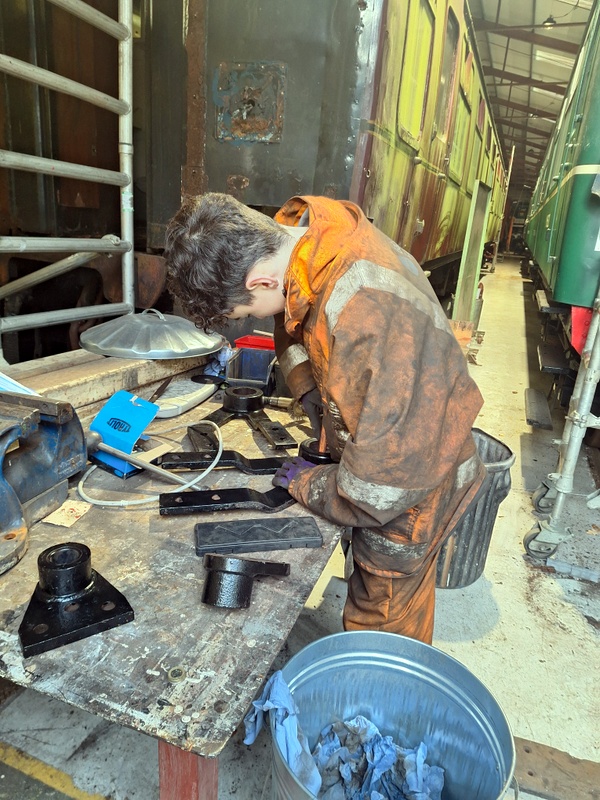
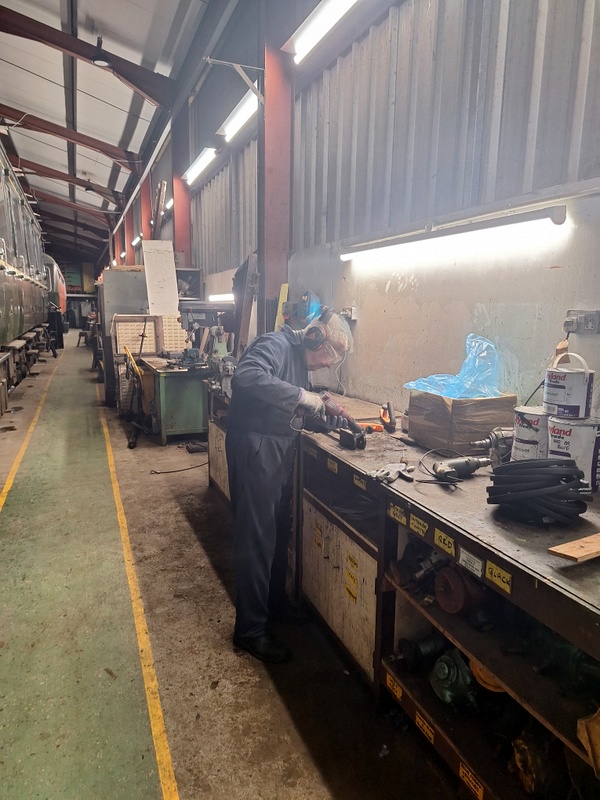
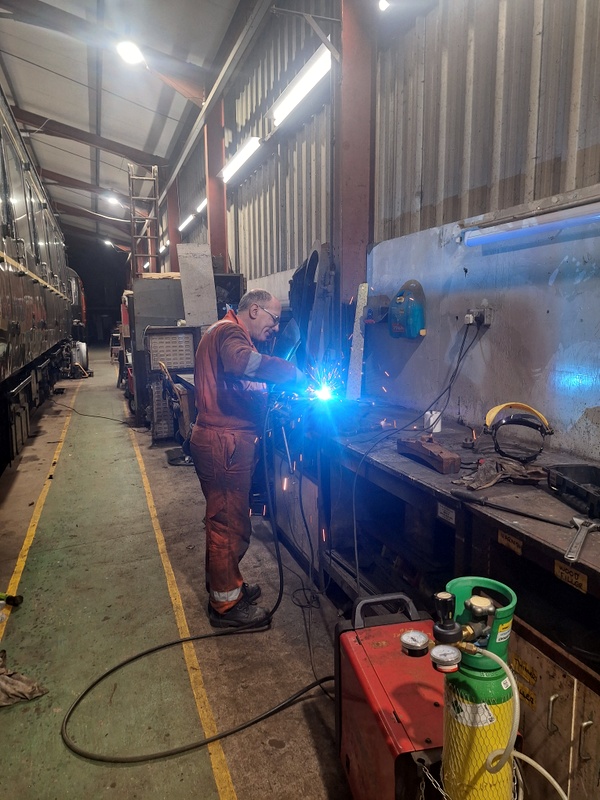
Hybrid Class 127/108 51618/56223
The winter work has continued with the reinstallation of components, including the exhaust and coolant pipes, that had to be removed in order to gain access to the fan drives.
The underkeep bolts on the axleboxes are in the process of being replaced, with some of them putting up such a fight that burning gear is needed to get them off. The underkeeps will need some tidying up before they can go back on.
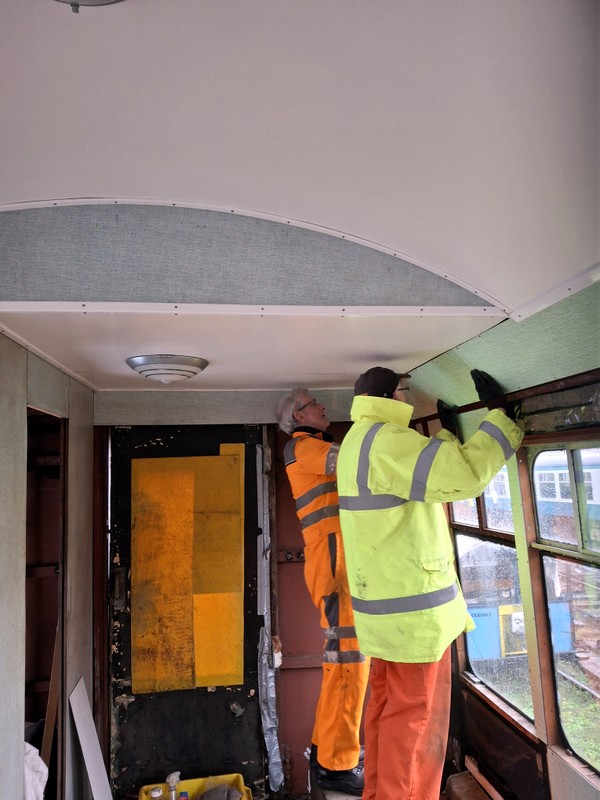
The picture shows the last panel for above the luggage racks being fitted. Also seen is the recently-installed beading that runs along the bottom edge of the flat ceiling and front panel.
Thanks to Allen Chatwood, John Joyce, Andy Lowe and Mike Martin for supplying the pictures that were used in this edition.
Finally I would like to wish our readers a Happy New Year!